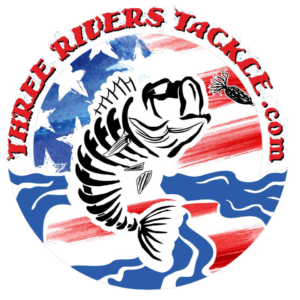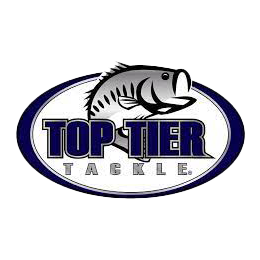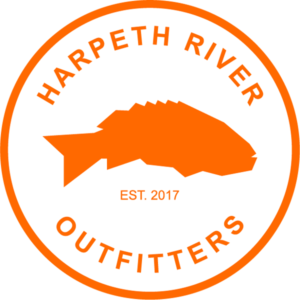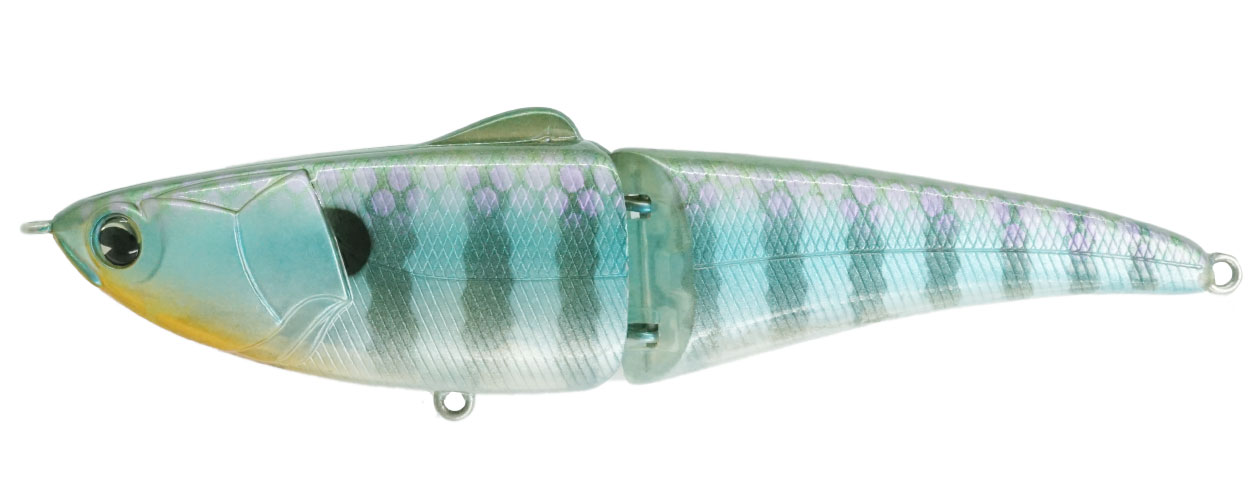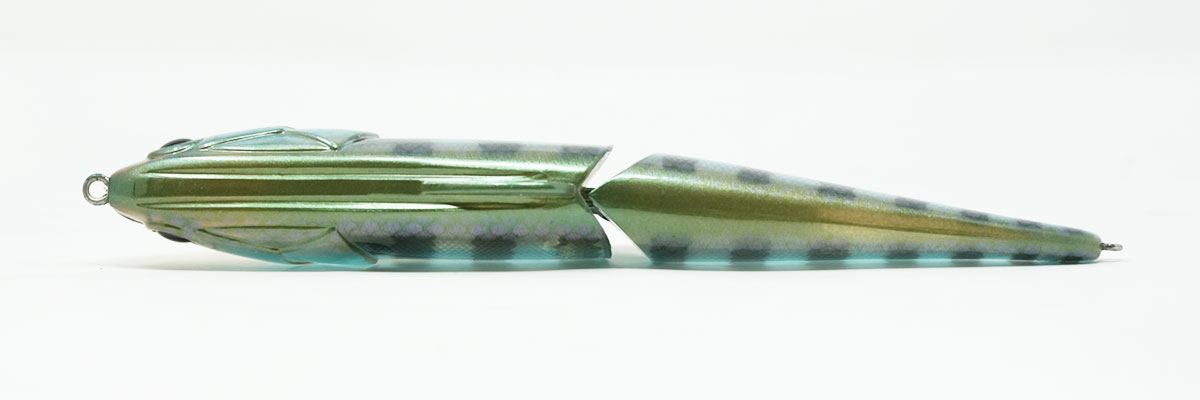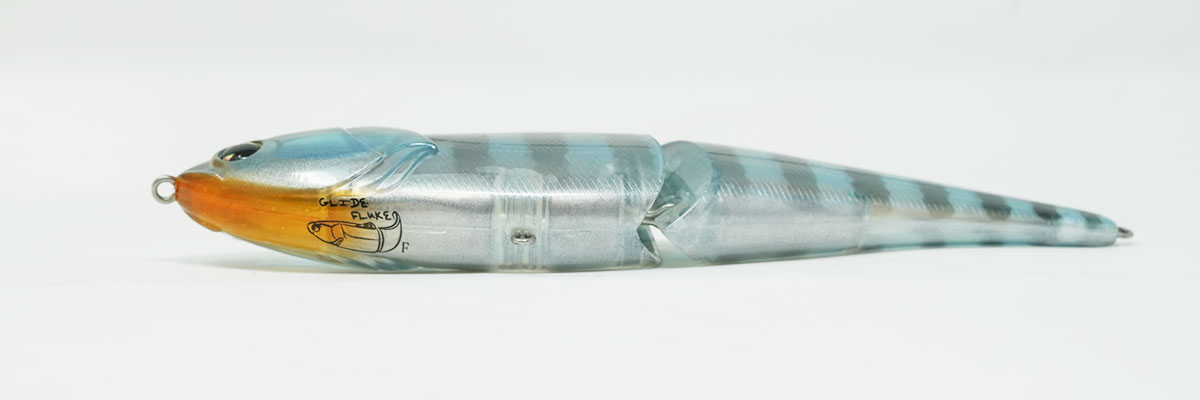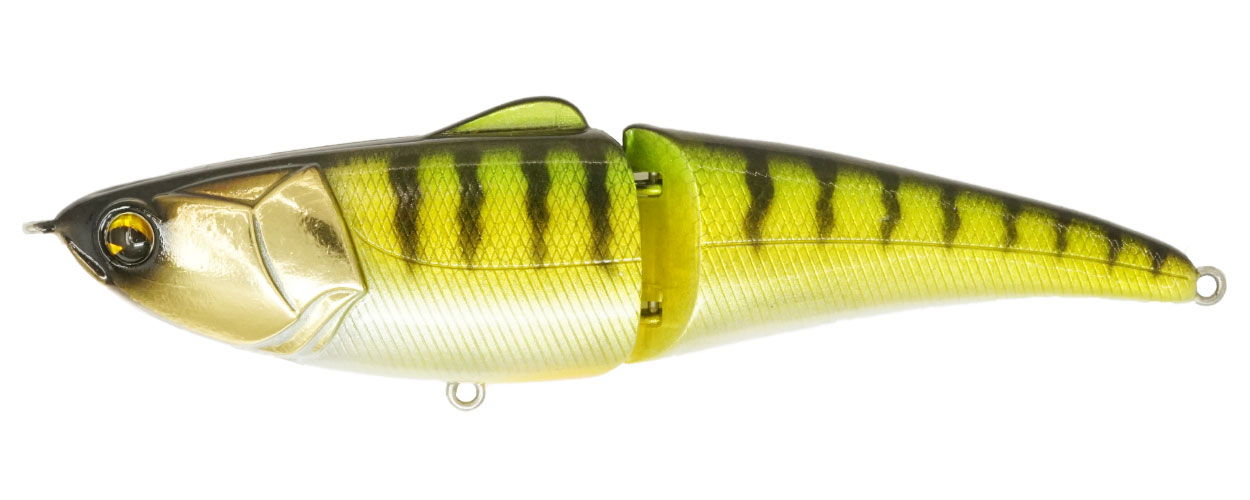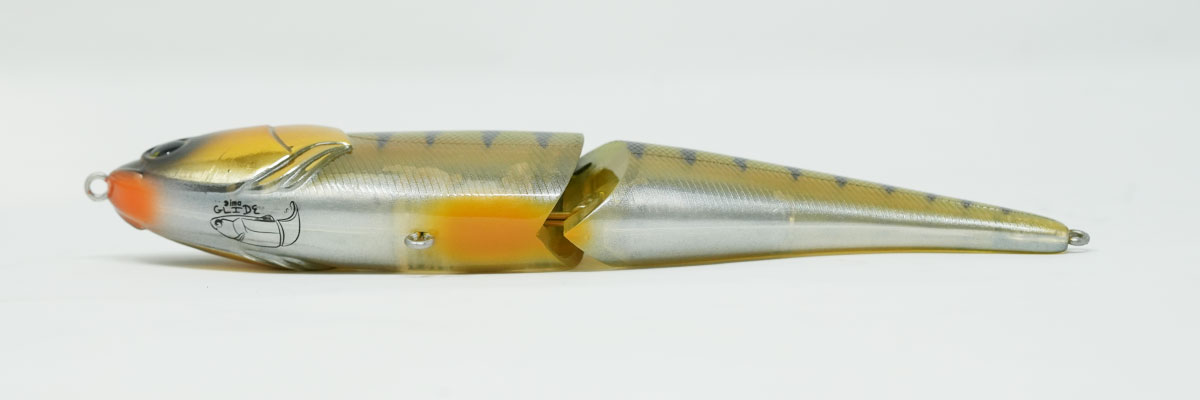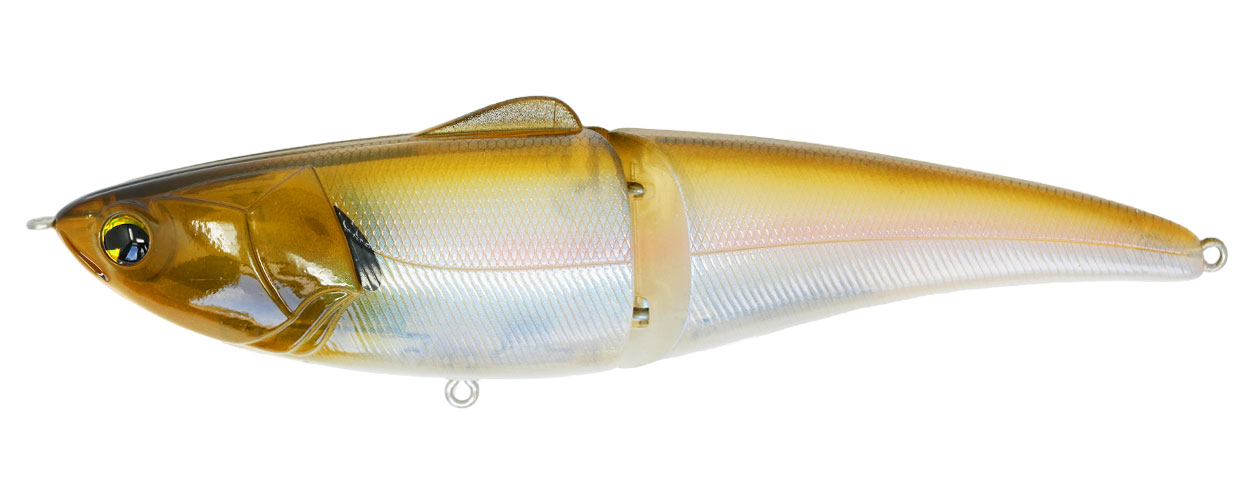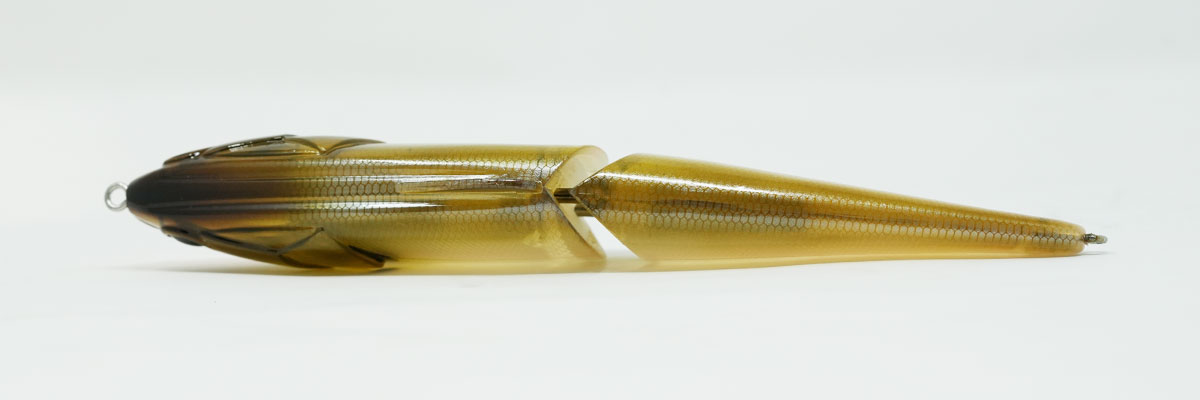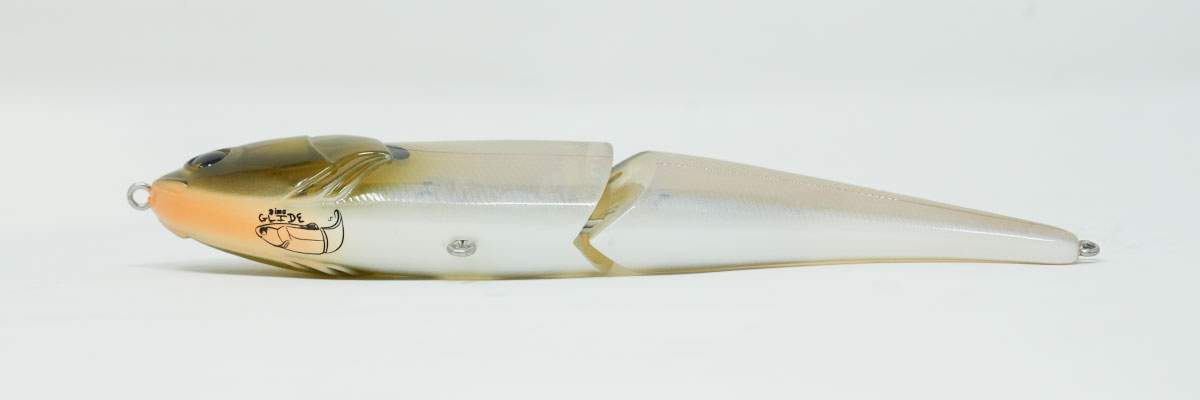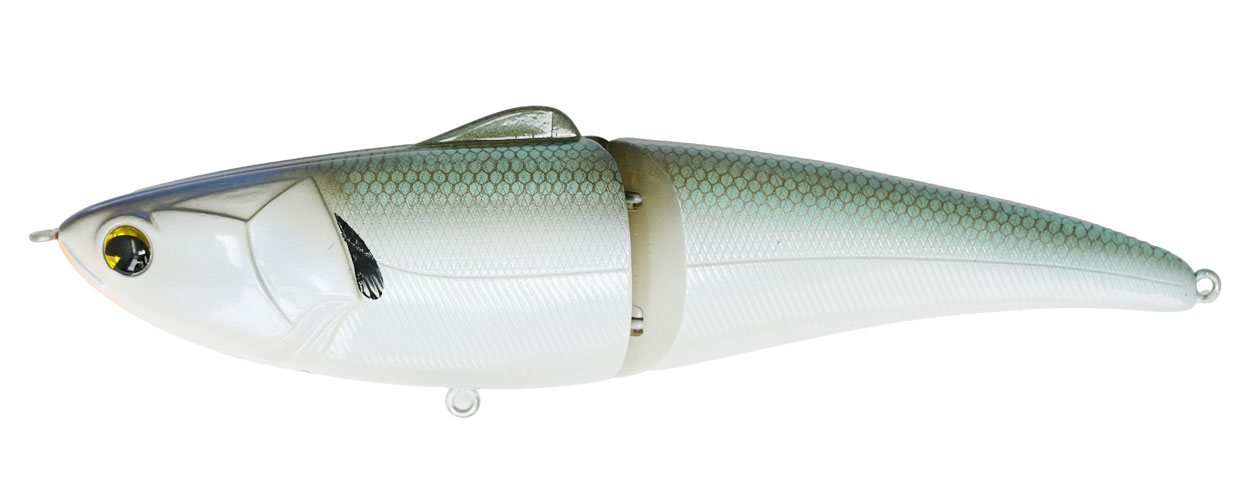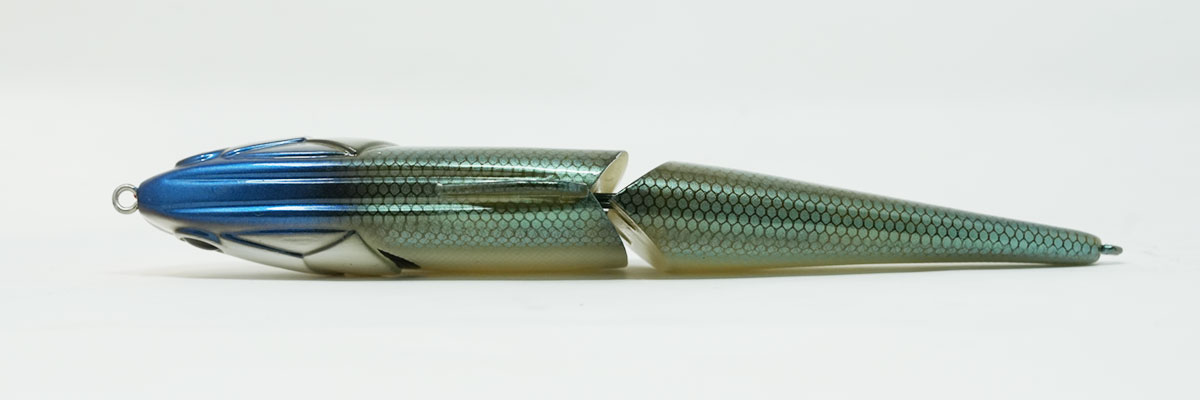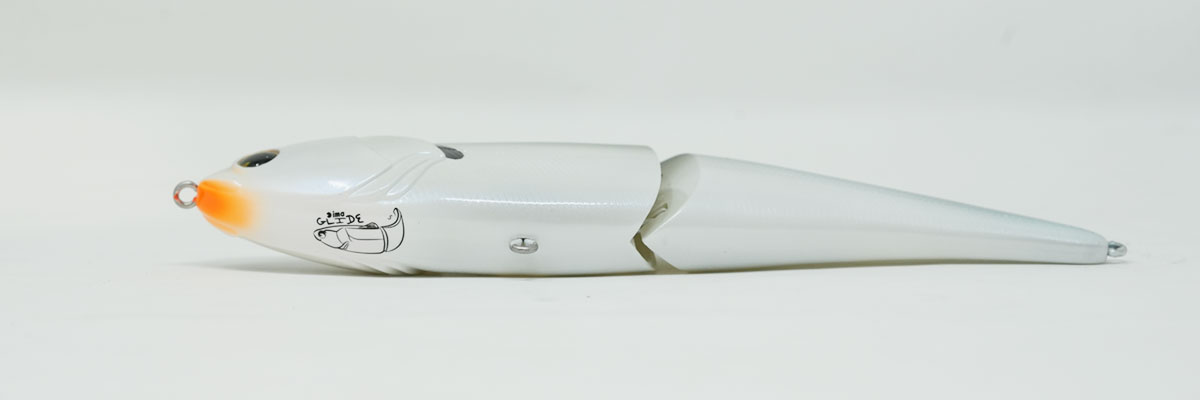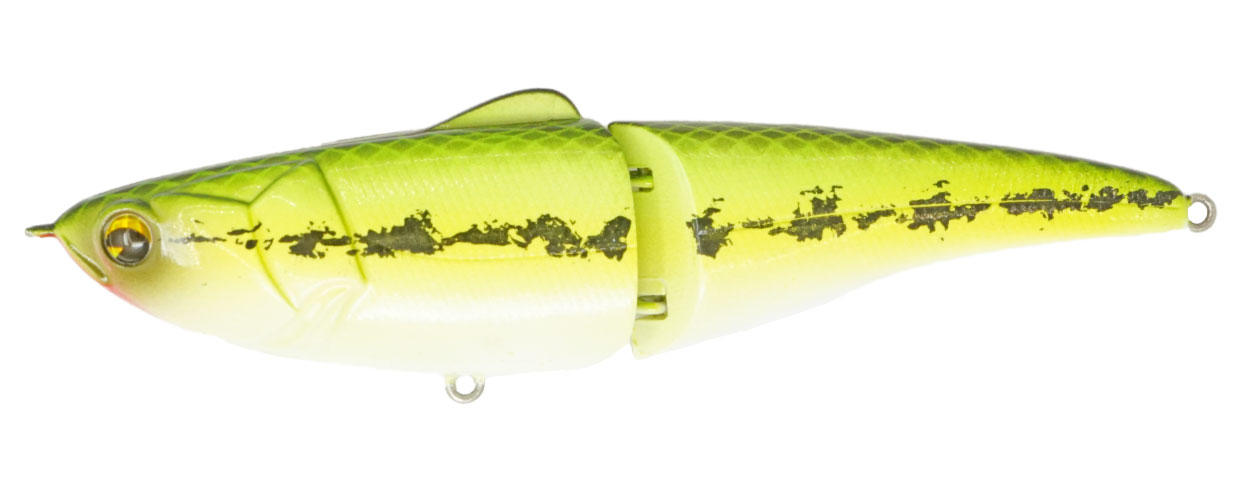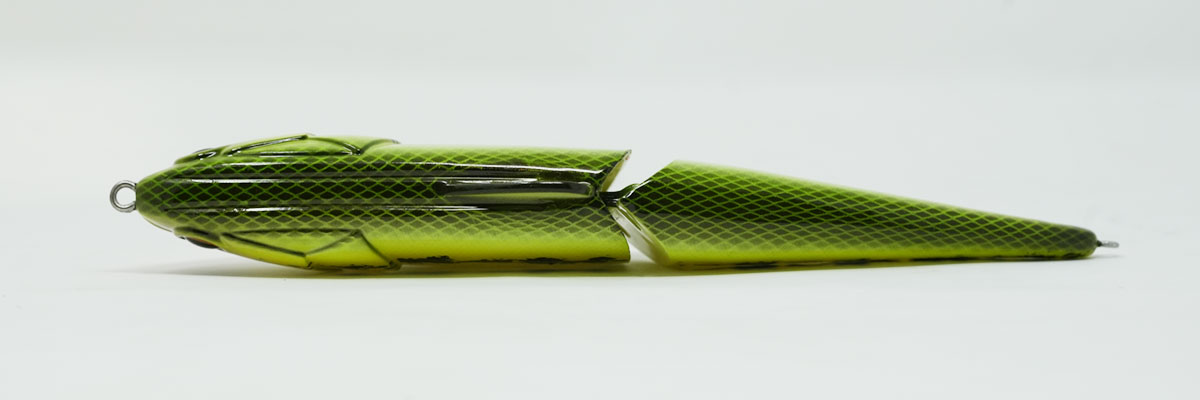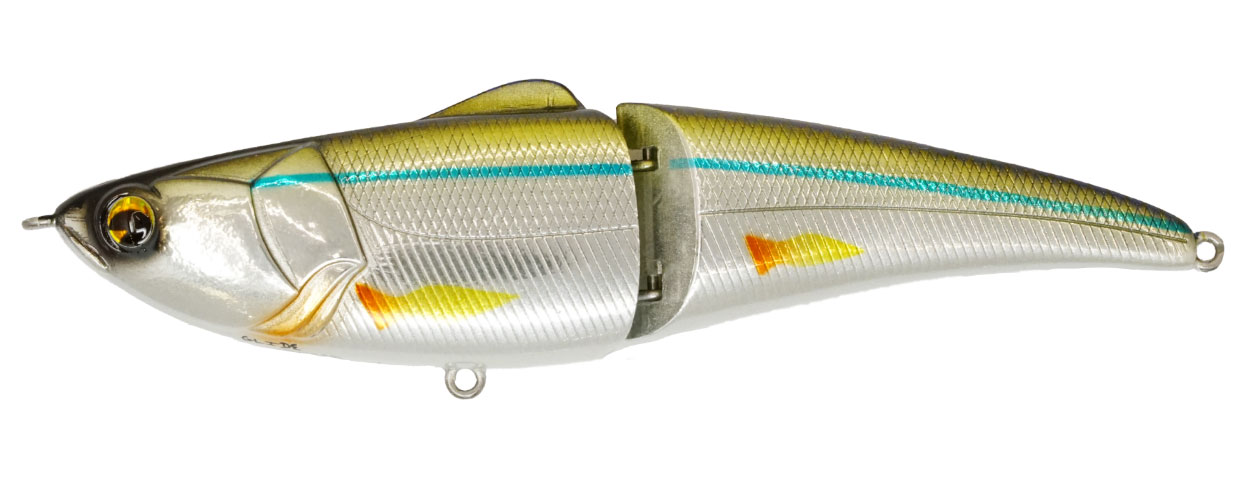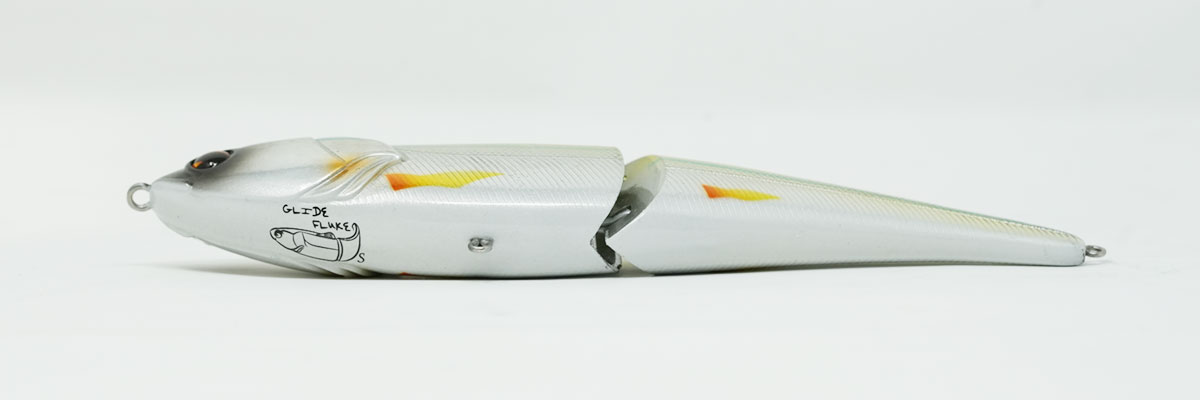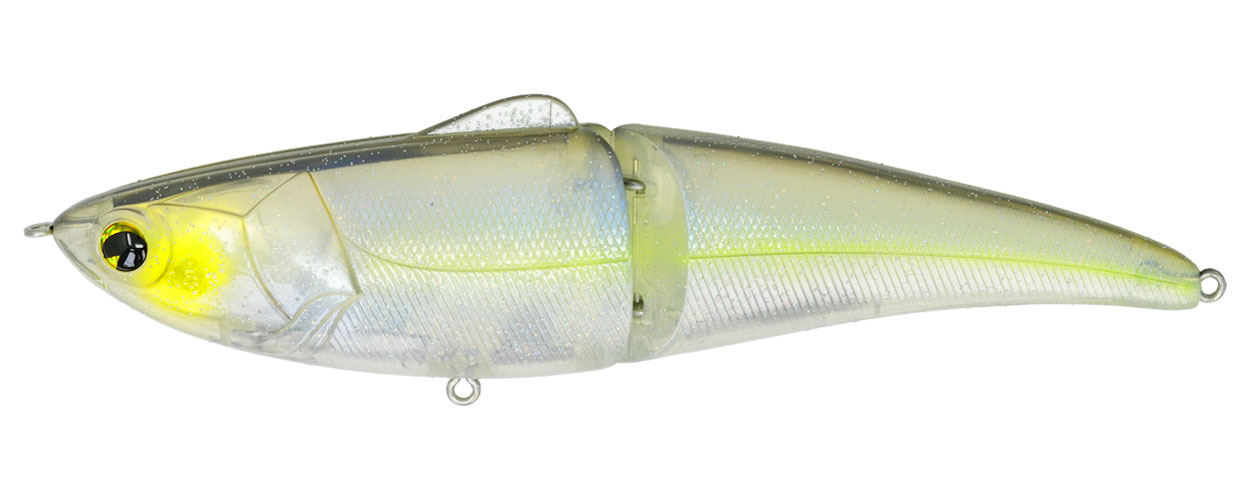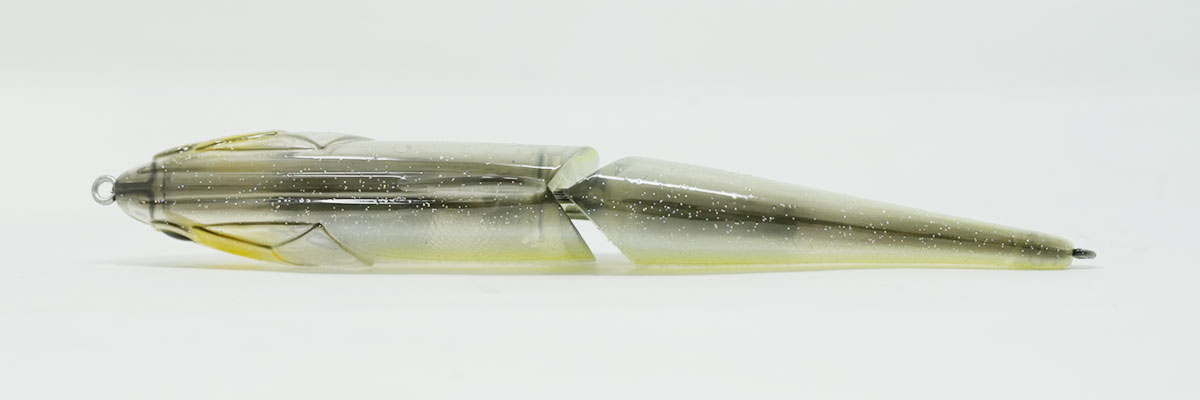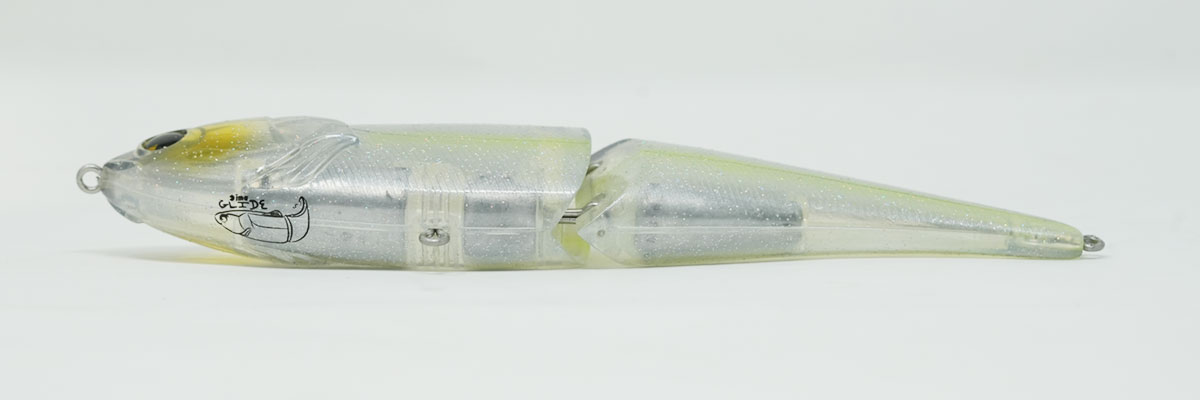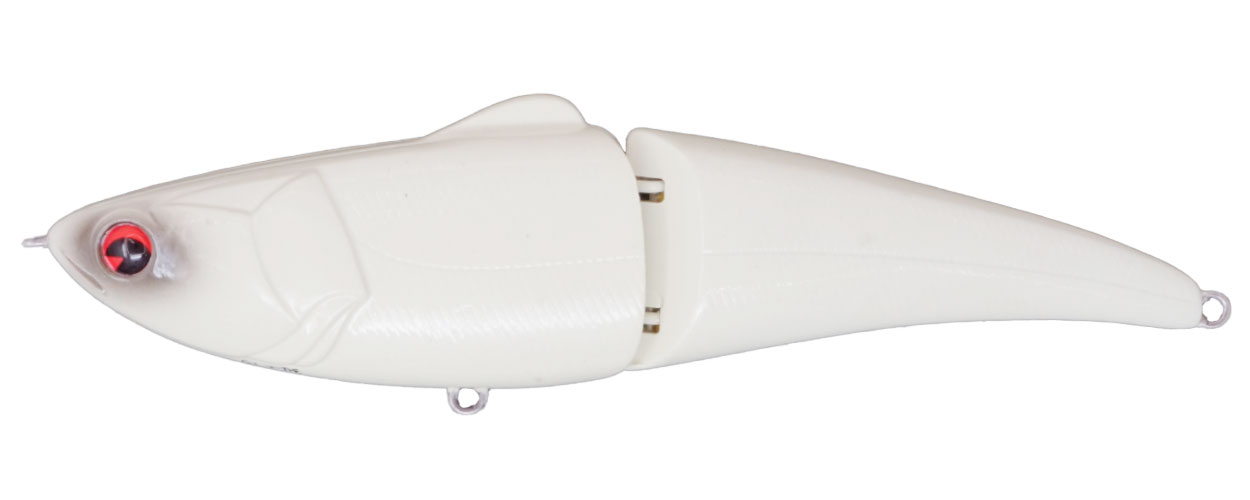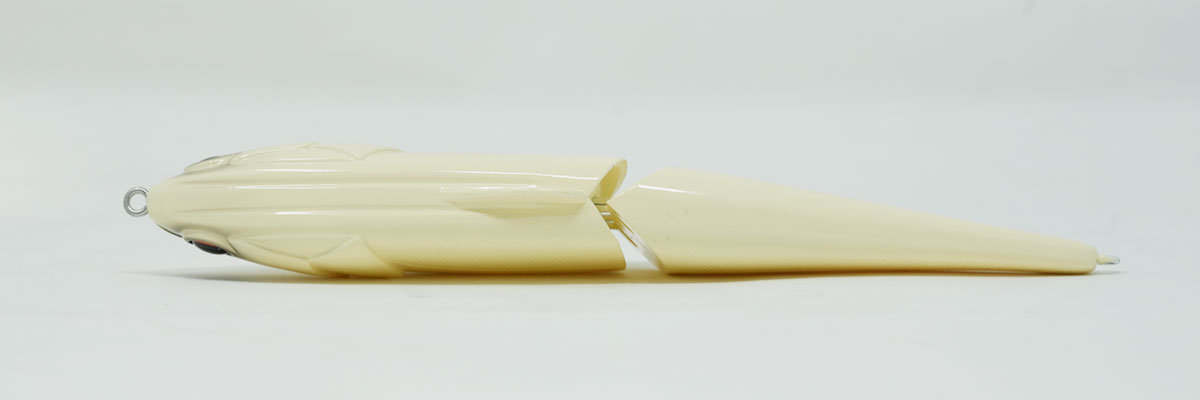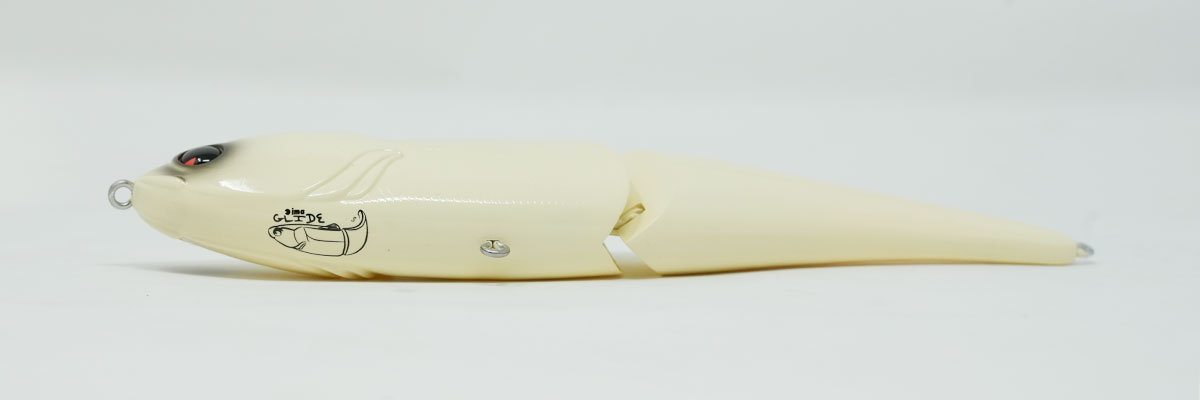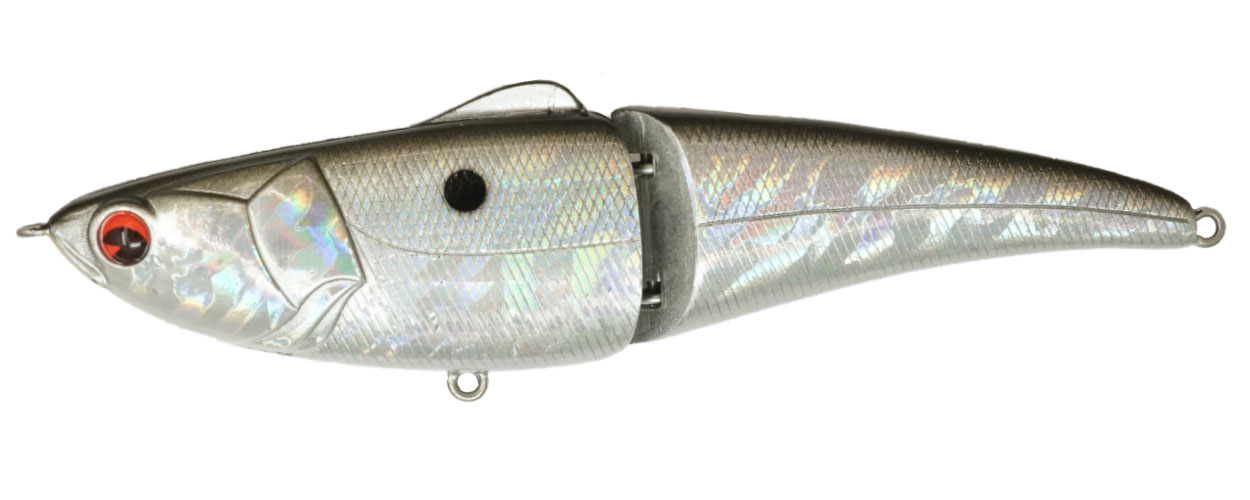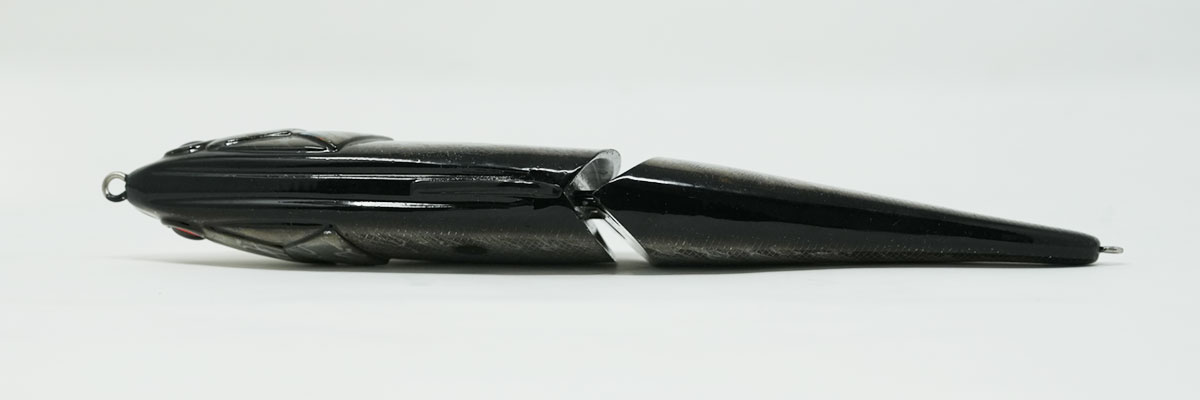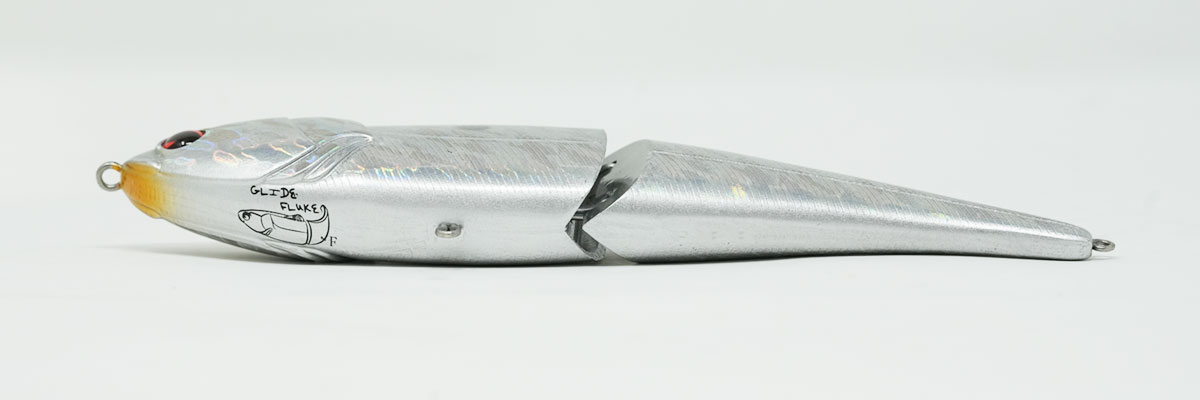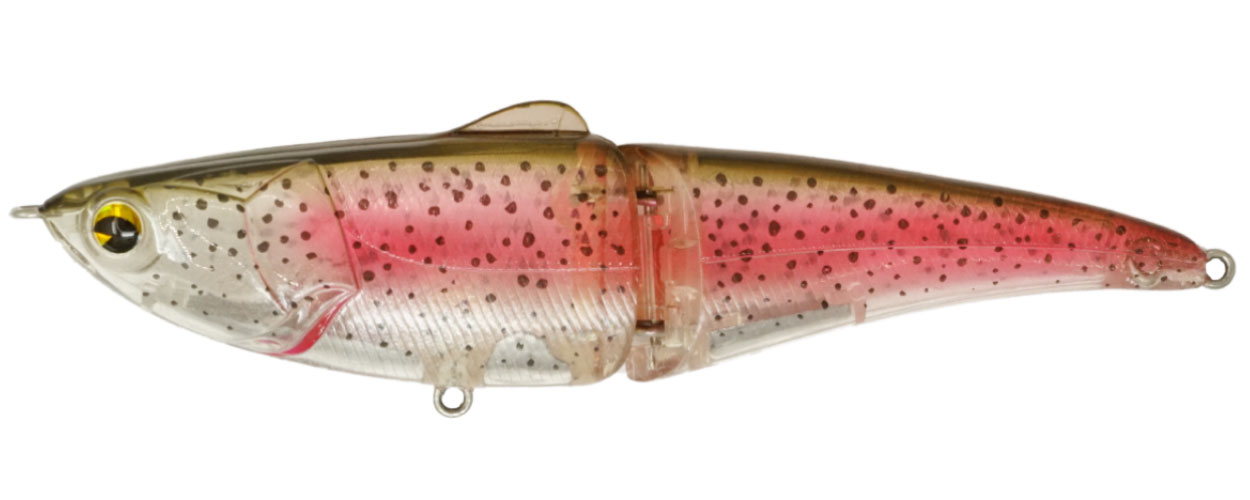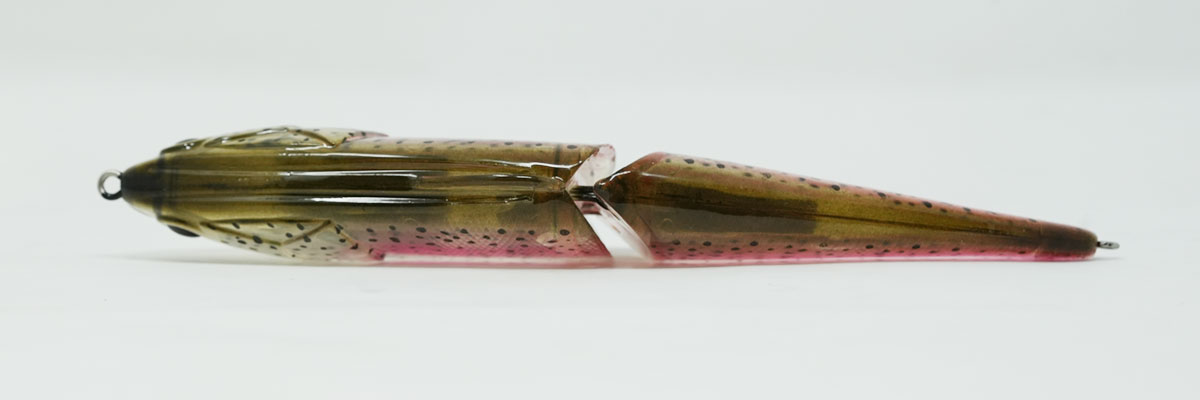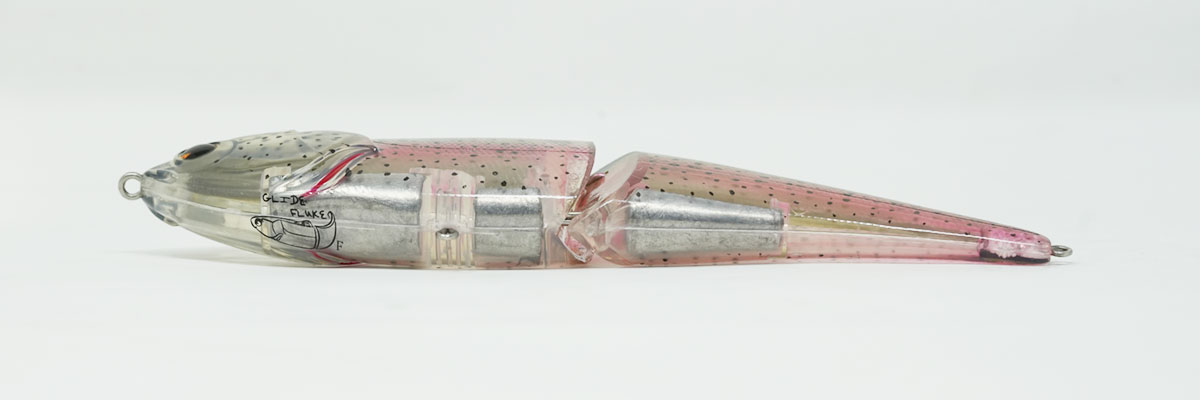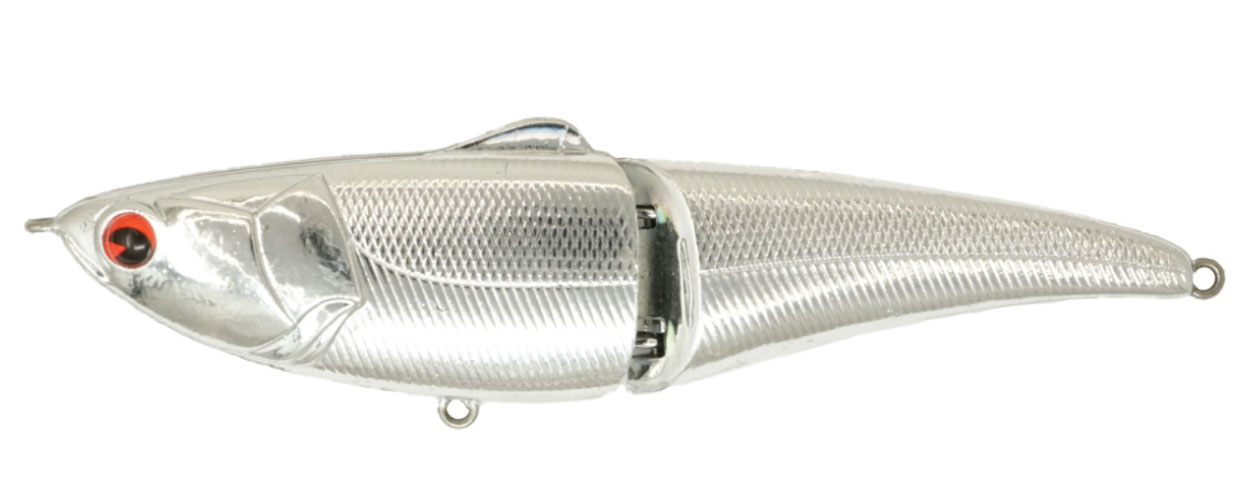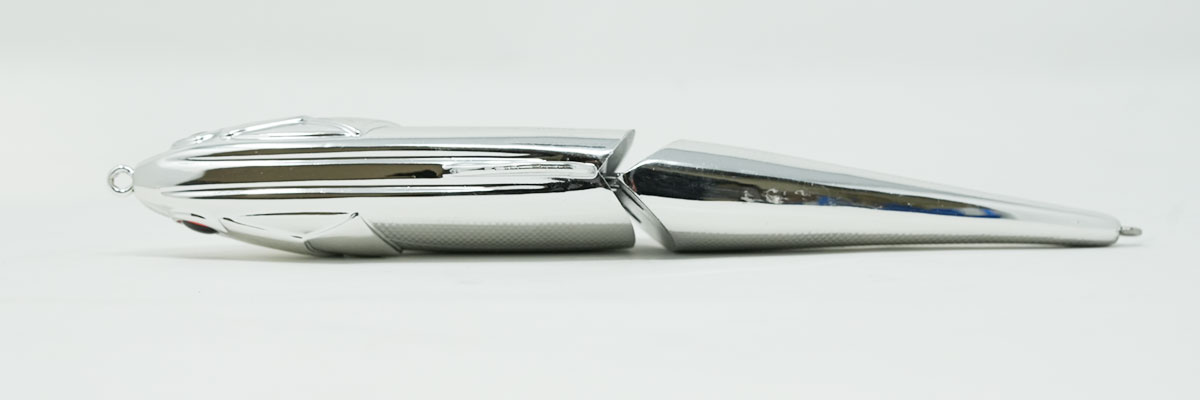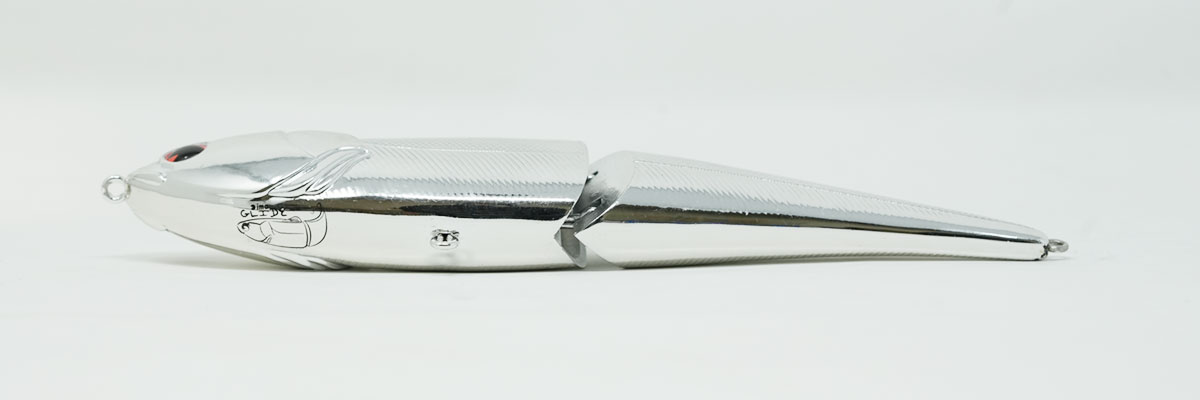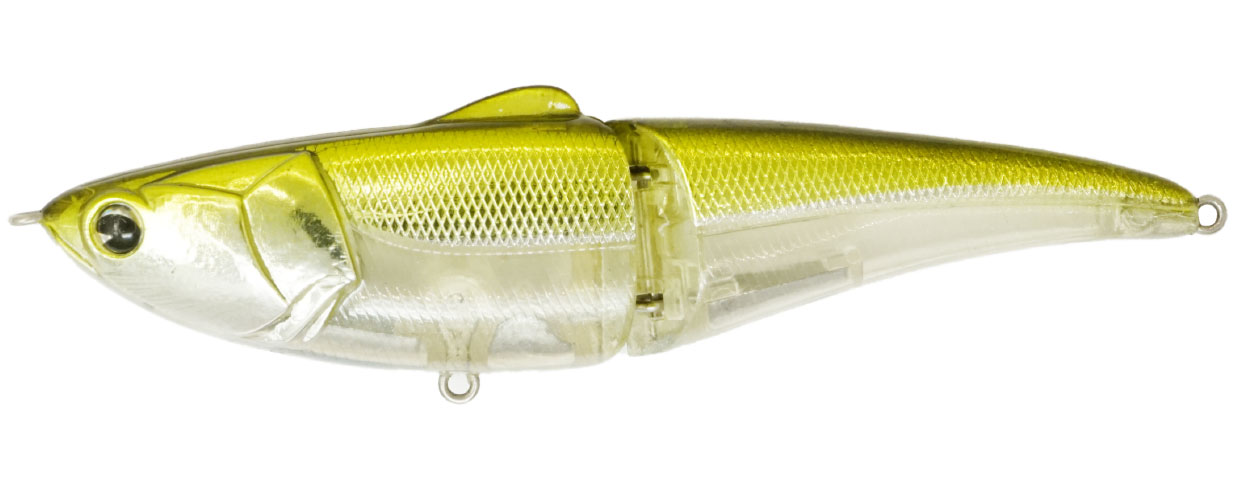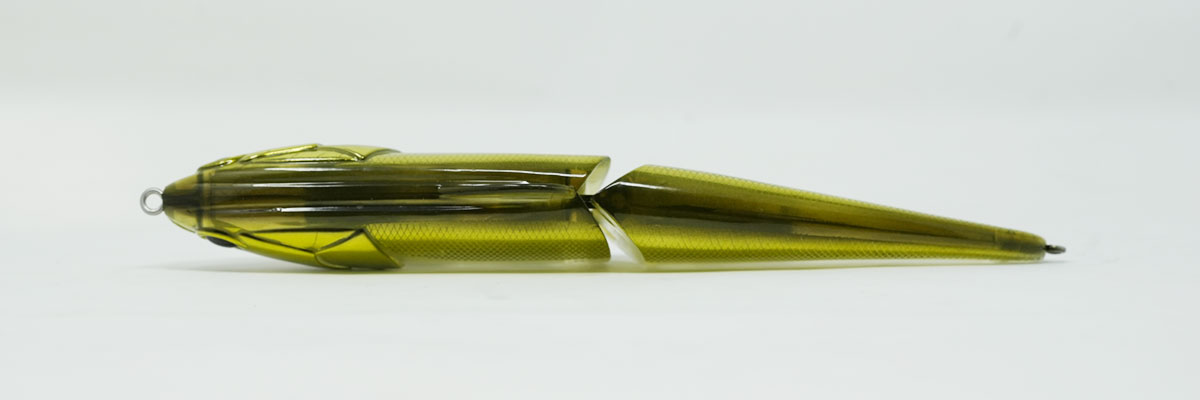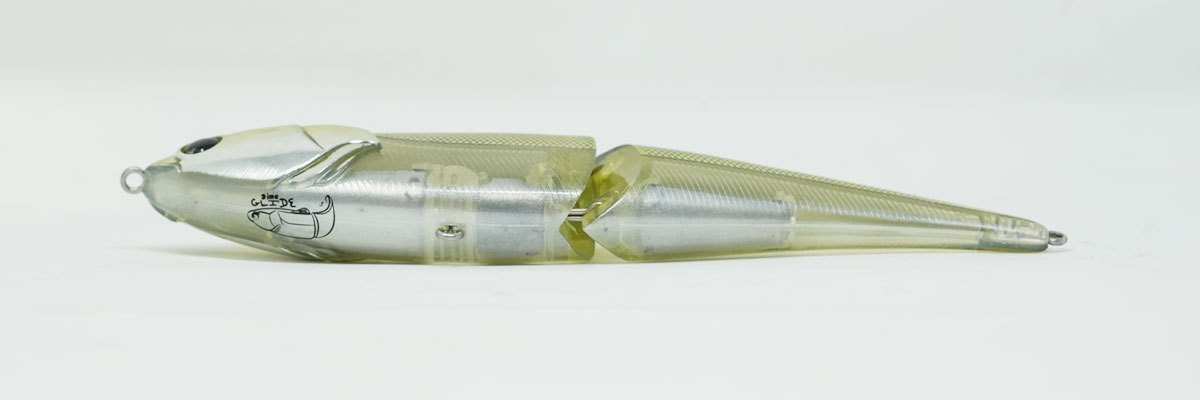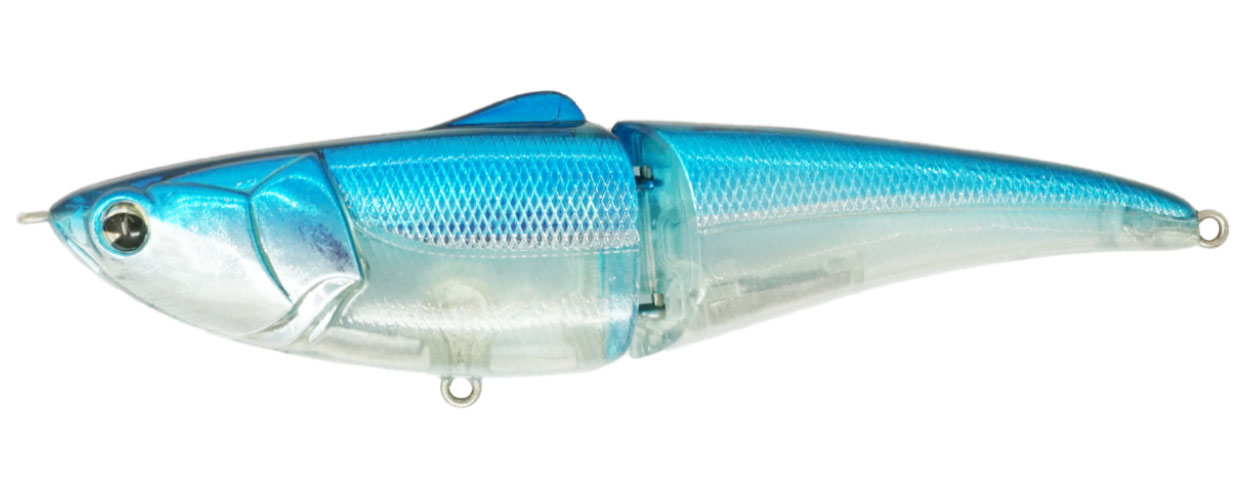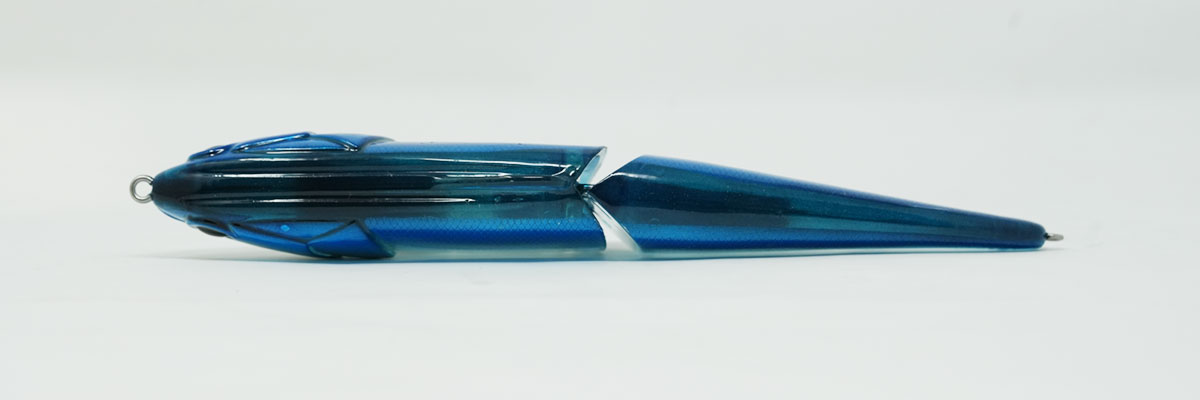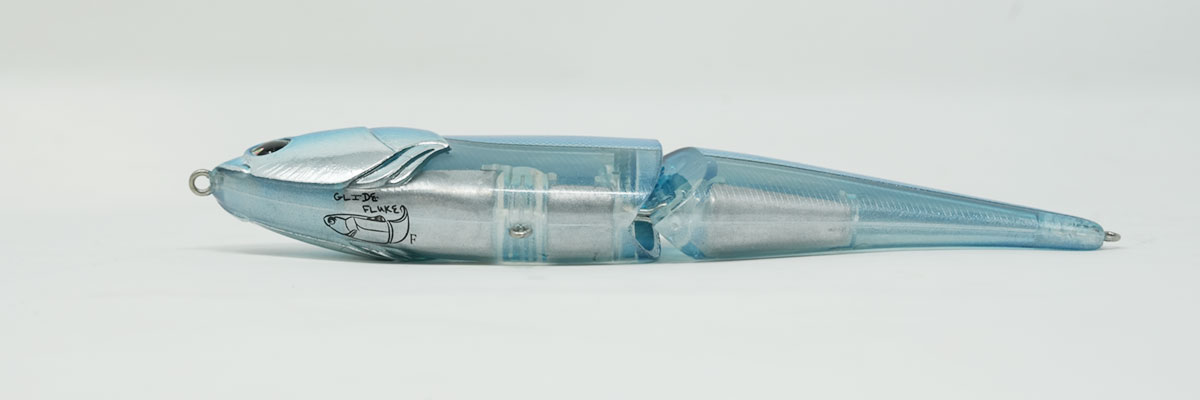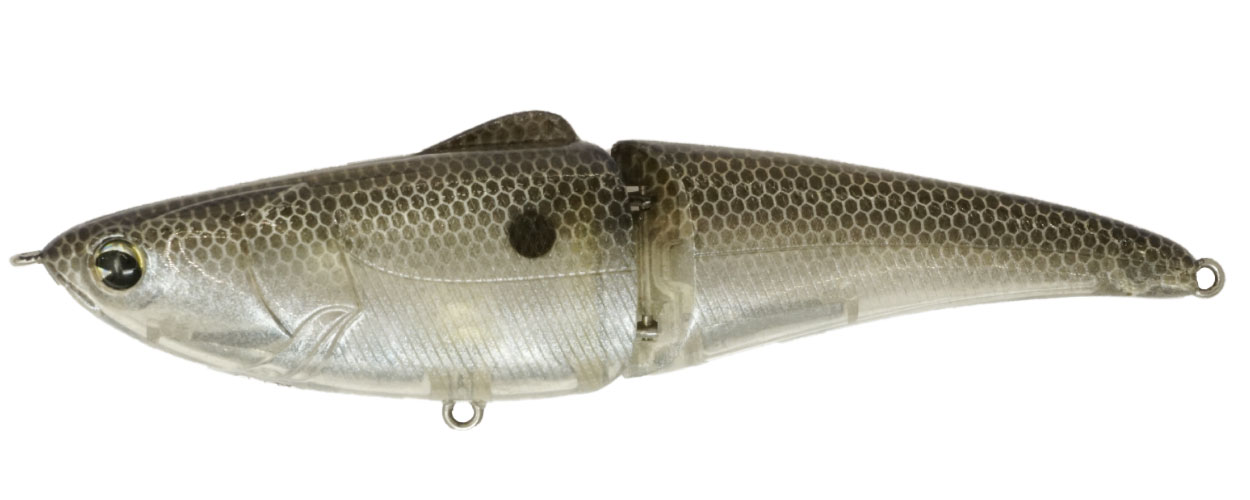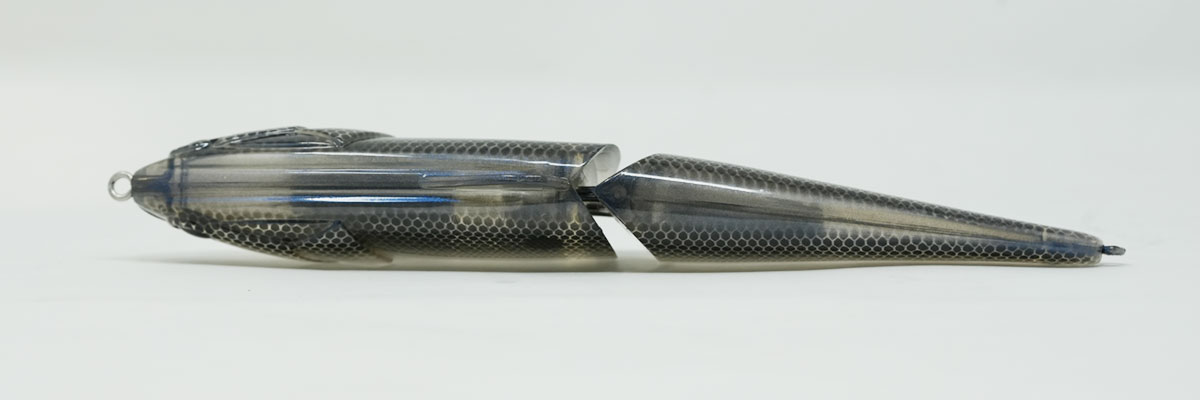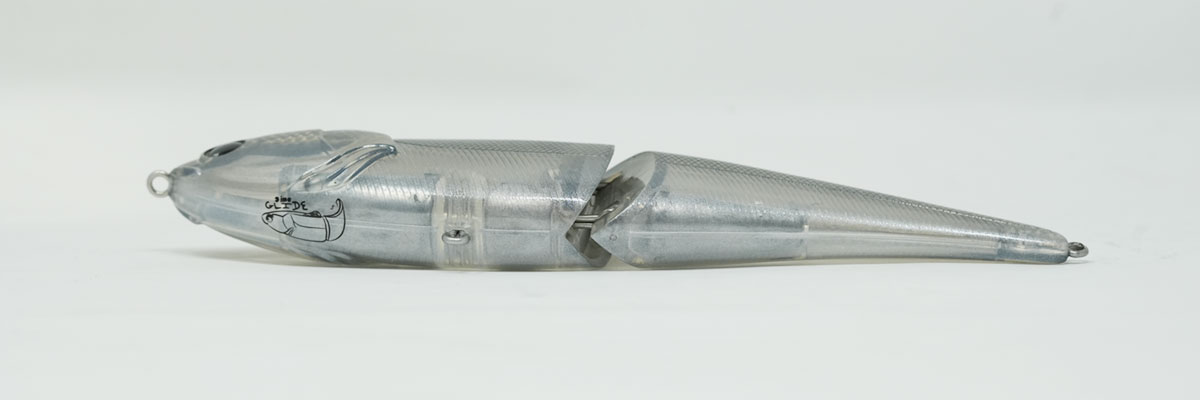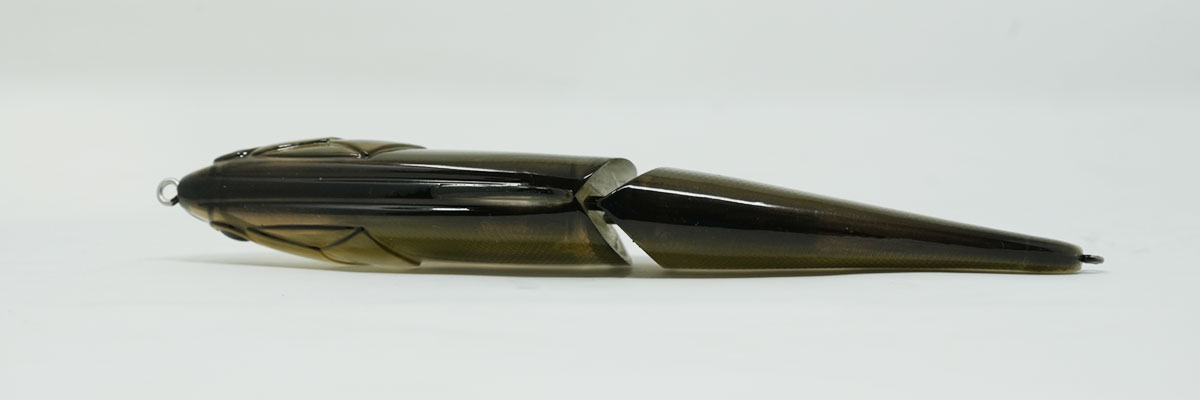
ima Glide
Description
The ima Glide was developed with the input and experience of professional angler and guide Michael Murphy, who wanted a bait that he could fish like a soft jerkbait like the Optimum Victory Tail, but that could also double as a glide bait.
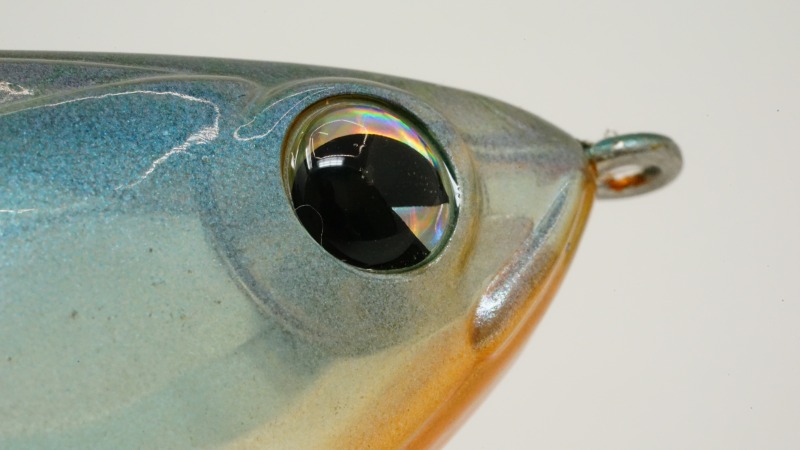
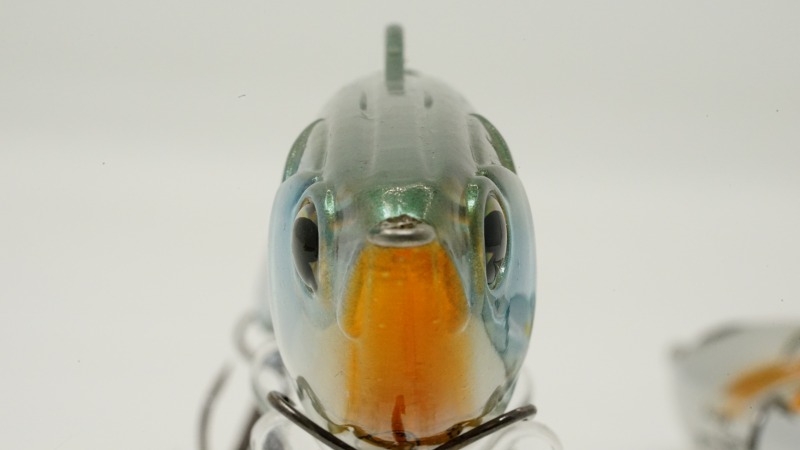
One common theme among baits in this category is that the rear hook is often mounted underneath a molded fin or rudder. This helps to get the bait to run a certain way, but the hookup percentage goes down when fish are swiping at a fast-moving bait. That was considered when Murphy and the team at ima designed this lure.
“Part of what we required was for this to have a hook at the very back of the bait. With baits like this, the bass often miss it and having the hook there helps land more of the fish that swipe at it,” says Murphy.
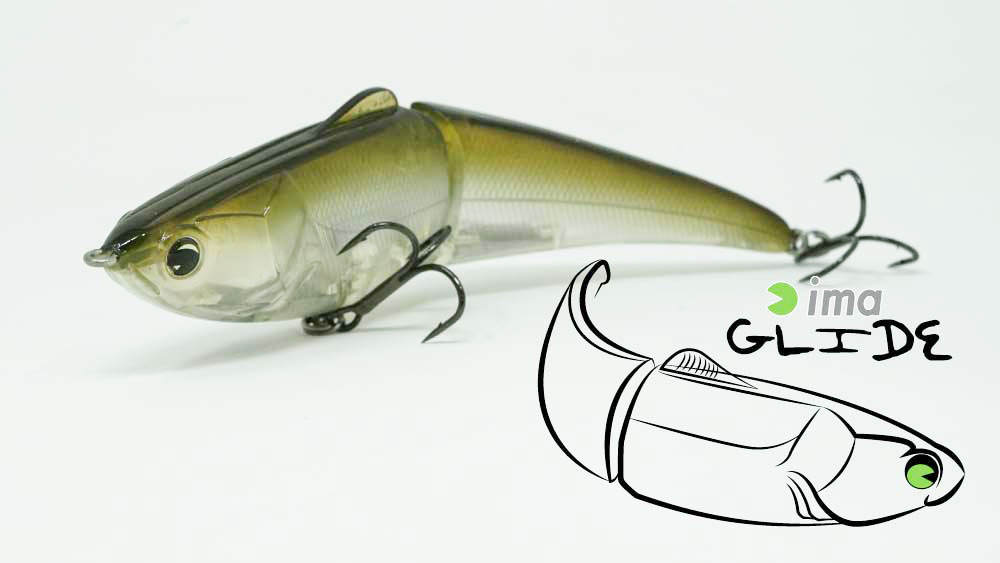
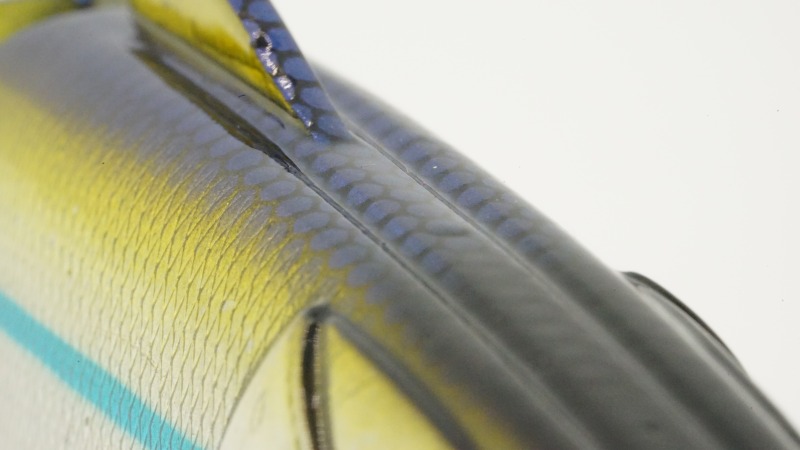
Shop Now
ima Glide 125 Floating
Ima Glide 125 Sinking
ima Glide 178 Floating
ima Glide 178 Sinking
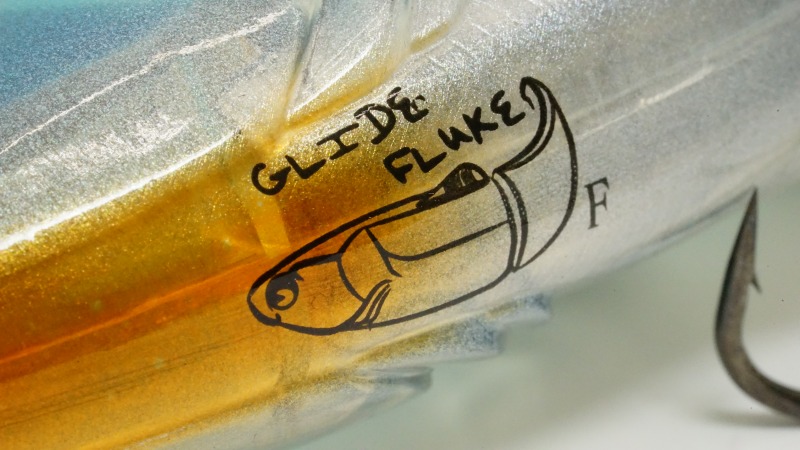
ima Glide / Floating Logo
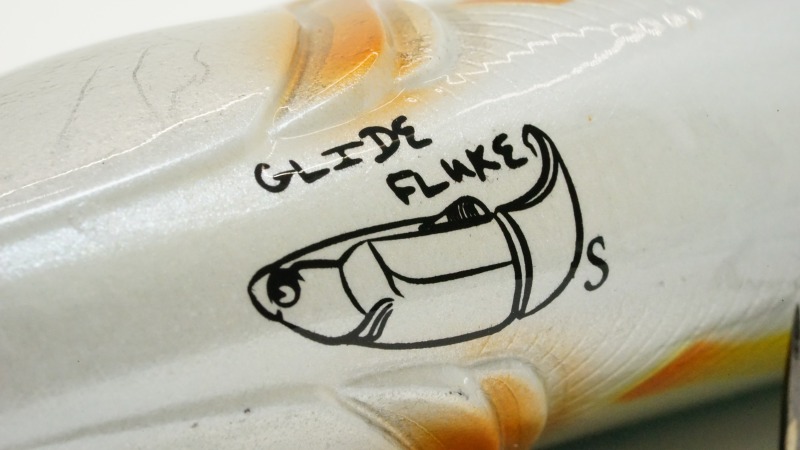
ima Glide / Sinking Logo
Specifications
ima Glide 125 Floating
- Length: 125 mm, 4.9”
- Weight: 23g, 0.81oz
- Type: Floating
- Hooks
ima Glide 125 Sinking
- Length: 125 mm, 4.9”
- Weight: 28g, 1 oz
- Type: Sinking
- Hooks:
ima Glide 178 Floating
- Length: 178mm, 7”
- Weight: 70g, 2.5oz
- Type: Floating
- Hooks:
ima Glide 178 Sinking
- Length: 178mm, 7”
- Weight: 80g, 2.8oz
- Type: Sinking
- Hooks:
Action
According to Murphy, the floating version works well when fished as a wake bait. “With mono, the bait will float very well and you can retrieve it with your rod tip up and get a great action on the surface,” he says.
The bait also has a unique look on the surface. “If you get into a rhythm with your retrieve, you can get the bait to kick side to side and have that ‘hunting’ action to draw fish to the surface,” Murphy adds.
Murphy likes to use the sinking version when bass are feeding on spawning shad and also when fishing along docks. “We built the bait to fall horizontal, so you can cast next to a dock and let it fall and it has a great quivering action as it is falling, almost like a soft plastic stick bait,” he says.
Many different retrieves will work, and Murphy fishes the bait like a soft jerkbait.“With a quick jerk of the rod, you can also get it to push down slightly and then comeup as it corrects itself. You can also walk it like a soft-plastic jerkbait with a quick retrieve; the back hook will not get hooked on your line, and that was by design,” says the South Carolina pro.
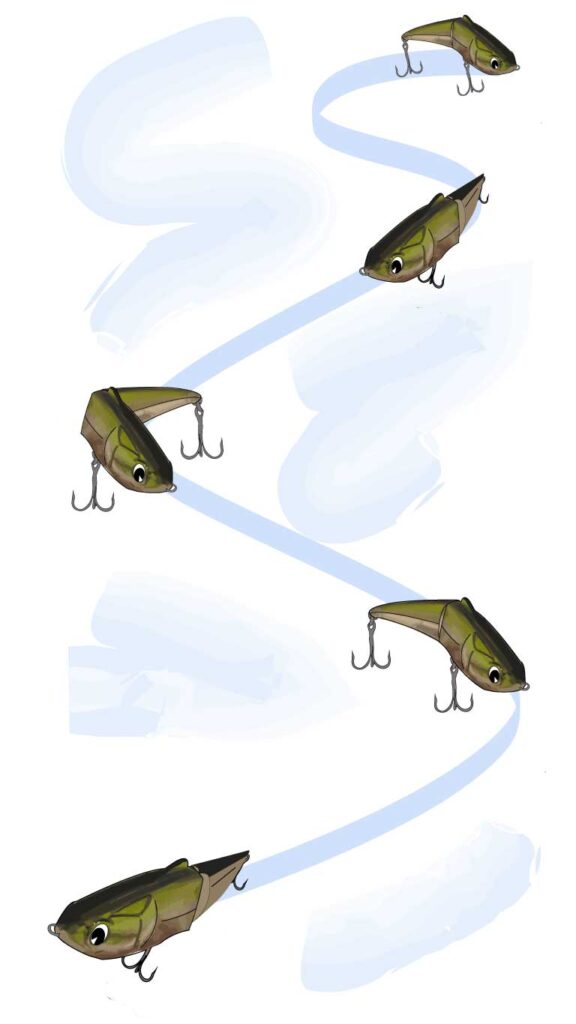
Recommended Line and Gear
Being a bulky bait, heavy tackle is a must. Murphy recommends either a heavyweight crankbait rod or swimbait setup for both sizes of the ima Glide.
“I use a 7’4” heavy cranking rod, but a 7’2”-7’4” swimbait or heavy topwater rod will also work well,” he said. “I’m also a big fan of a high-speed reel because you can always slow down and for me, that is easier than using a slower reel and trying to reel faster.”
For line, a 20-pound monofilament or 30-pound braid is his choice for the floating model and a 15 to 20-pound fluorocarbon for the sinking model.





